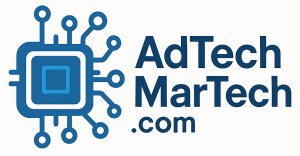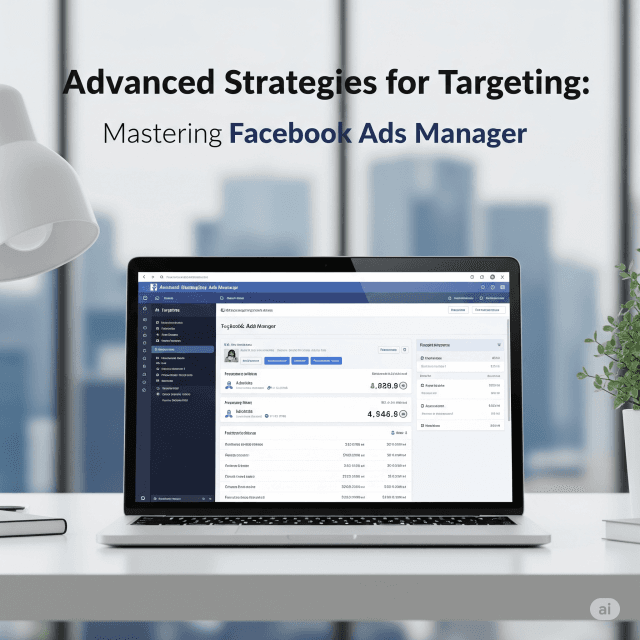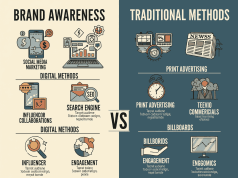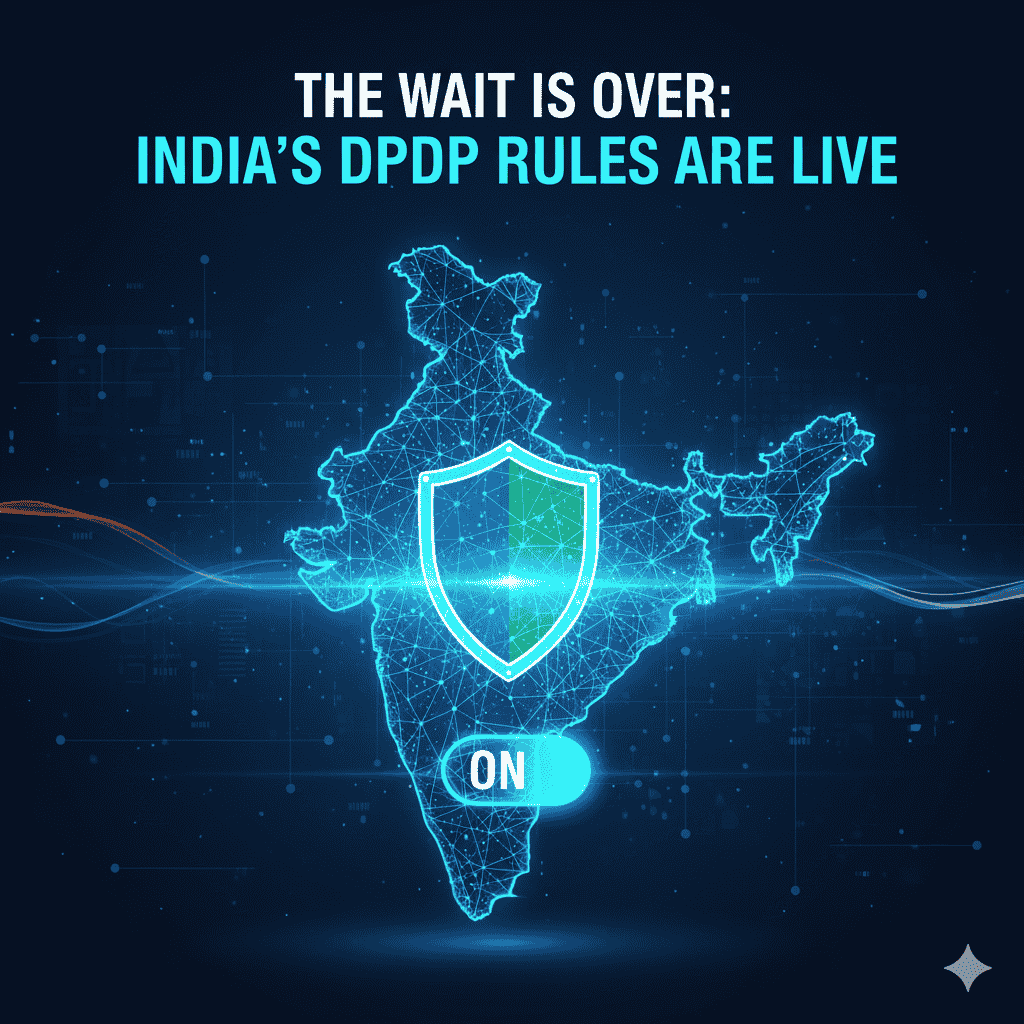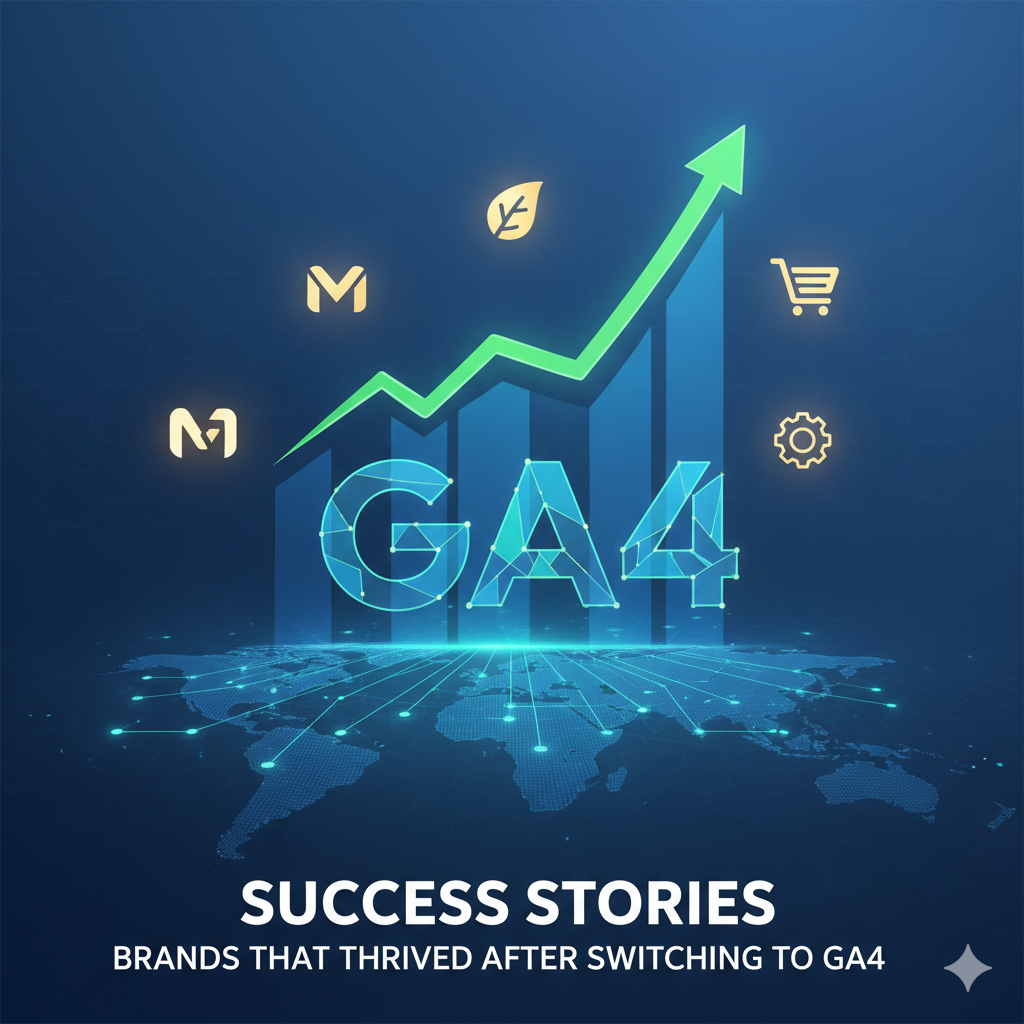In today’s digital landscape, Facebook has emerged as a powerful platform for businesses seeking to reach specific audiences efficiently and effectively. With over 2.8 billion monthly active users, the potential to connect with your target demographic is immense. However, to truly harness the power of Facebook advertising, marketers must go beyond basic strategies and master advanced targeting techniques within Facebook Ads Manager.
Understanding the Basics of Facebook Ads Manager
Before diving into advanced strategies, it’s crucial to familiarize yourself with Facebook Ads Manager’s core functionalities. This robust tool allows you to create, manage, and analyze your advertising campaigns. Key components include:
- Ad Objectives: Choose from various objectives such as brand awareness, lead generation, or conversions.
- Target Audience: Define your audience based on demographics, interests, behaviors, and more.
- Ad Placement: Decide where your ads appear—on Facebook, Instagram, Messenger, or across the Audience Network.
- Budgeting and Bidding: Set your daily or lifetime budget and choose your bidding strategy for optimal reach and engagement.
Advanced Targeting Strategies
1. Custom Audiences
Custom Audiences let you reach people who are already familiar with your brand. You can create these audiences by uploading customer lists, targeting website visitors, or engaging with your app. Consider:
- Email Lists: Upload your customer email list to retarget existing customers.
- Website Traffic: Utilize the Facebook Pixel to target users who have visited your website or specific product pages.
- Video Engagement: Target users who have interacted with your video content, providing a warm audience for future campaigns.
2. Lookalike Audiences
Once you have established Custom Audiences, leverage Lookalike Audiences to expand your reach. This feature allows you to target new users who share similar characteristics with your best existing customers. To create an effective Lookalike Audience:
- Start with a Custom Audience that has demonstrated high conversion rates.
- Choose the audience size: smaller sizes (1% of the population) will yield a closer match, while larger sizes (up to 10%) will broaden your reach.
3. Behavioral and Interest Targeting
Delve into detailed behavioral and interest targeting to connect with users based on their online activities and interests. Facebook categorizes users’ behaviors and interests into various segments, enabling refined targeting:
- Purchase Behavior: Target users based on previous purchasing behavior.
- Mojo-based Targeting: Use insights like mobile device usage or travel habits to tailor your approach to specific segments of your audience.
4. Layered Targeting
Combining multiple targeting options allows for a more nuanced approach. By layering demographic, interest, and behavioral data, you can reach a specific niche. For example:
- Target individuals aged 25-34 who are interested in outdoor activities and have engaged with eco-friendly products recently.
5. Dynamic Ads
Dynamic Ads allow you to automatically show relevant products to users who have expressed interest in your website or app. This personalized approach is particularly effective for e-commerce businesses, as it can dynamically showcase products based on user behavior. To set this up, ensure:
- Your product catalog is properly uploaded and maintained.
- Customized templates are designed for a more cohesive look with your brand.
6. Ad Scheduling and A/B Testing
Leveraging ad scheduling can optimize your ads for specific times when your target audience is most active. Use Facebook’s insights to determine peak engagement hours.
Moreover, continually A/B test your ad creatives, copy, and targeting settings. Split your audience and test variations to identify which elements perform best. This data-driven approach enhances overall campaign effectiveness.
7. Retargeting and Conversion Tracking
Implement retargeting campaigns to reconnect with users who have shown interest in your products but haven’t converted. Use Facebook Pixel to track conversions and optimize your strategies based on performance data. Consider:
- Cart Abandonment Campaigns: Target users who added items to their cart but did not complete the purchase.
- Cross-Sell Campaigns: Recommend complementary products to existing customers.
Conclusion
Mastering Facebook Ads Manager and its advanced targeting strategies enables marketers to create campaigns that not only reach but resonate with their audiences. By utilizing Custom and Lookalike Audiences, behavioral targeting, layered options, dynamic ads, and retargeting strategies, businesses can maximize their advertising expenditures and drive meaningful conversions. As the digital landscape continues to evolve, staying updated on Facebook’s features and best practices will be key to maintaining competitive advantages in your advertising efforts. By harnessing the full potential of Facebook Ads, you can transform your marketing approach and achieve impactful results.
